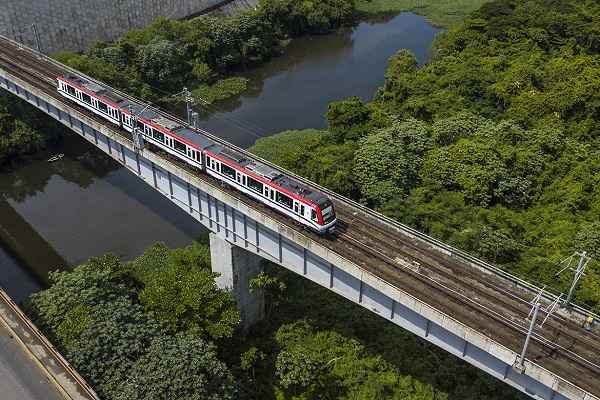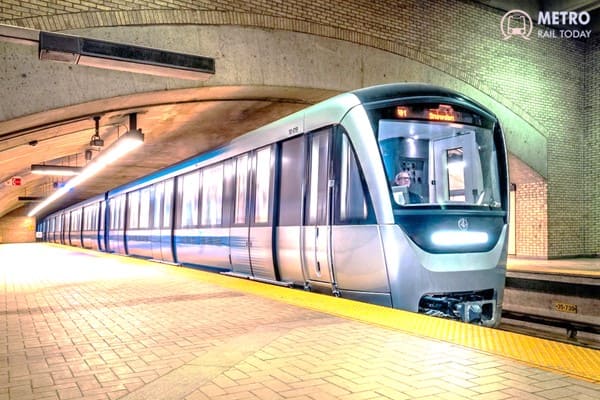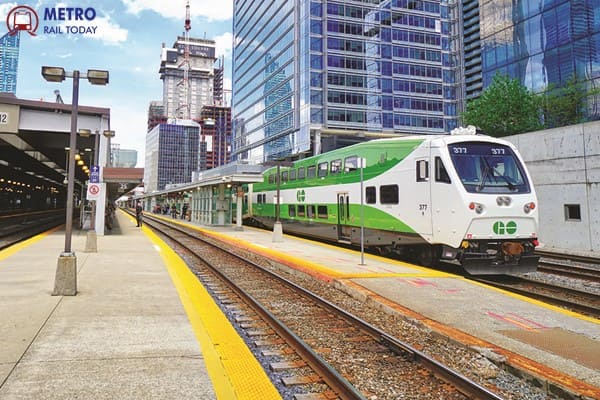 Ireland approves 18.8 km Dublin Metro Link Project after decades-long wait
Ireland approves 18.8 km Dublin Metro Link Project after decades-long wait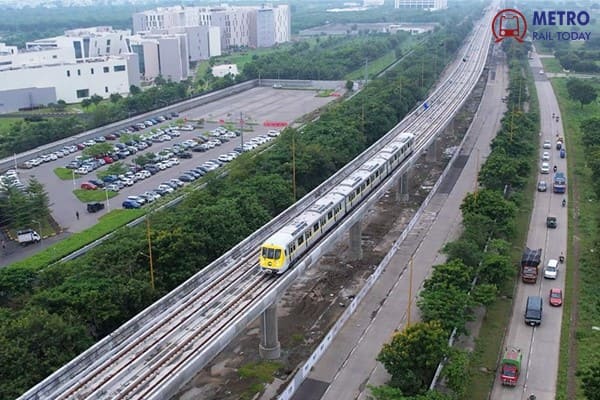 ADB approves $190 Million Loan for Indore Metro Rail Project to boost Urban Mobility
ADB approves $190 Million Loan for Indore Metro Rail Project to boost Urban Mobility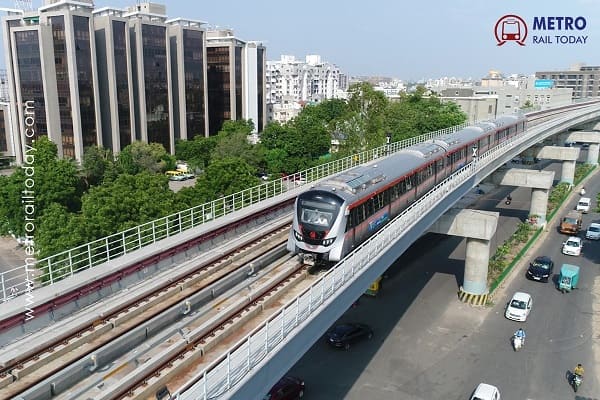 Gandhinagar Metro extends Trial Run from Sachivalaya to Mahatma Mandir
Gandhinagar Metro extends Trial Run from Sachivalaya to Mahatma Mandir SYSTRA acquires Ardanuy Ingenieria to bolster Global Rail and Urban Transport expertise
SYSTRA acquires Ardanuy Ingenieria to bolster Global Rail and Urban Transport expertise Metro, Monorail and Pod Taxis: How MMRDA is Reinventing Mumbai’s Urban Transport?
Metro, Monorail and Pod Taxis: How MMRDA is Reinventing Mumbai’s Urban Transport?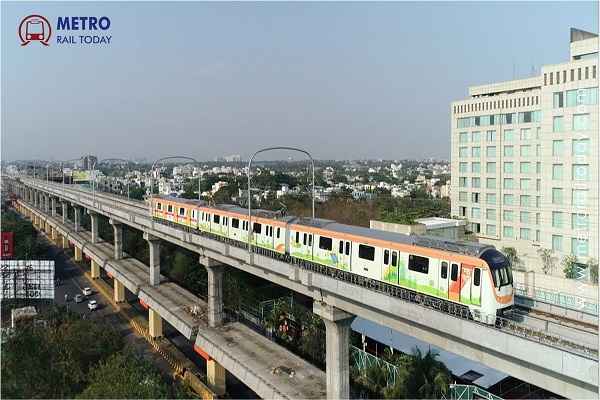 Maha Metro partners with IIT Kanpur to shield Nagpur and Pune Metro Systems from Cyber threats
Maha Metro partners with IIT Kanpur to shield Nagpur and Pune Metro Systems from Cyber threats R. Rajagopal appointed as Member (Traction & Rolling Stock), Railway Board, Ministry of Railways
R. Rajagopal appointed as Member (Traction & Rolling Stock), Railway Board, Ministry of Railways Maha Metro to appoint DPR Consultant for Pune's Shivajinagar-Kondhwa Metro Line
Maha Metro to appoint DPR Consultant for Pune's Shivajinagar-Kondhwa Metro Line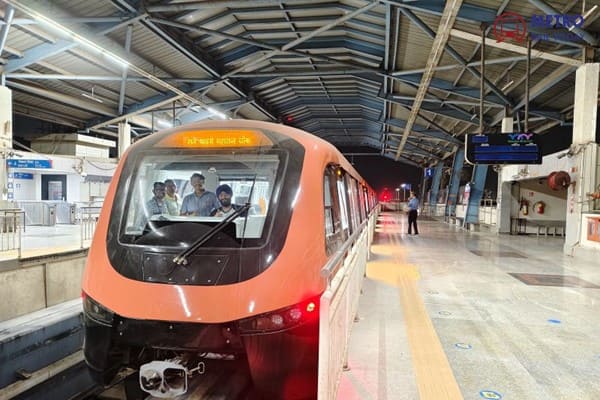 Mumbai Monorail suspension sparks Job Losses and Backlash despite system upgrade plans
Mumbai Monorail suspension sparks Job Losses and Backlash despite system upgrade plans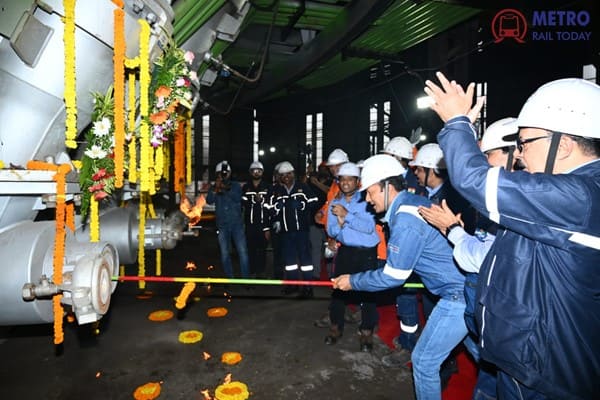 Jindal Steel Commissions One of India’s Largest Blast Furnaces in Odisha
Jindal Steel Commissions One of India’s Largest Blast Furnaces in Odisha
Ireland approves 18.8 km Dublin Metro Link Project after decades-long wait

Dublin, Ireland (Metro Rail Today): After more than two decades of anticipation and planning, Dublin’s much-awaited MetroLink project has received official approval for construction. An Coimisiún Pleanála, Ireland’s national planning authority, granted the Railway Order on the morning of October 2, clearing a major legal hurdle and paving the way for the capital’s first dedicated metro line.
The transformative project will see the development of a new 18.8-kilometre railway line, primarily underground, stretching from Charlemont in central Dublin to Swords Estuary in the north, with a vital stop at Dublin Airport. The new metro system will integrate with existing public transport modes including DART, Luas, heavy rail, and bus services, forming a high-capacity, multi-modal mobility backbone for the Greater Dublin Area.
“MetroLink will be transformative for the people of North Dublin and — by linking directly with Dublin Airport, DART, heavy rail, Luas, and bus services — the entire country,” said Transport Minister Darragh O'Brien. “It is a critical nation-building project for Ireland’s future.”
Conditions Attached to Approval
While the project has finally been granted planning permission, the order includes strict conditions aimed at preserving heritage sites, residential access, and community facilities during the lengthy construction phase. Notably:
-
An expert panel will review sensitive construction zones, particularly near protected structures and historic buildings, such as those near Charlemont Station.
-
Mitigation measures must be implemented to prevent damage to architectural heritage.
-
In Ballymun, the developer must establish an alternative training facility for Fingallians GAA before development begins.
-
At Glasnevin, where car parking will be disrupted, replacement parking must be provided for affected residents until construction is complete.
Long Road to Realisation
The idea of a metro line for Dublin dates back to 2000, but was repeatedly delayed, particularly during Ireland’s financial crisis. It wasn’t until November 2022 that Transport Infrastructure Ireland (TII) formally applied for the Railway Order, initiating a nearly three-year review process.
Despite the green light from the planning authority, the project still requires final Cabinet approval before ground can be broken. The costs and completion timeline remain fluid, though construction is expected to take several years.
“This approval marks a turning point for Ireland’s capital,” said Mrs. Mamta Shah, MD & CEO of Urban Infra Group. “MetroLink represents the future of urban mobility — high-capacity, climate-resilient, and multimodal. It is encouraging to see cities like Dublin finally align infrastructure development with long-term sustainability goals.”
A National Game-Changer
When completed, MetroLink is expected to significantly reduce congestion, cut carbon emissions, and enable the development of tens of thousands of new homes along the route. Its connection to the airport is particularly significant, offering a long-missing high-speed transit option for international travelers.
However, concerns remain around potential cost overruns and delays, which have plagued similar infrastructure mega-projects across Europe. Public scrutiny is expected to remain high, especially as project costs and timelines become more transparent post-Cabinet approval.
After years of uncertainty, Dublin’s MetroLink is finally on track — but the real journey begins now. With planning approval secured, Ireland must now deliver on its promise of modern, reliable, and integrated urban transport that meets both local needs and global standards.






